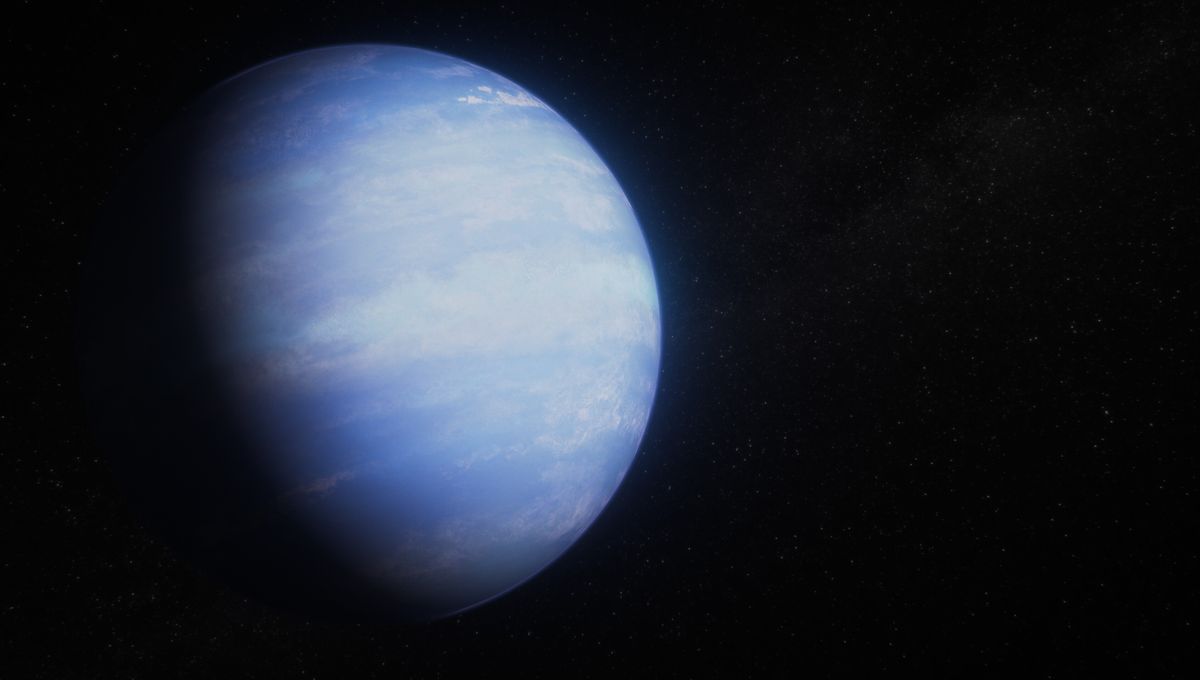
A major planetary mystery appears to have a solution. The so-called “cotton candy planets” are worlds with such an extremely low density that they were challenging our theories of planet formation. Now astronomers seem to have worked out how they came to be, and it was made possible by observing what goes on inside one of them – an incredible achievement.
The planet in question is WASP-107b. It has a volume of more than 75 percent of Jupiter’s but less than one-tenth of its mass, giving it one of the lowest known densities among planets. So, this world has a large atmosphere – but original models to explain more about the planet created different puzzling pictures.
One scenario suggested the world has a small core and a large atmosphere. It would certainly explain the current observations, although it was not clear how such a small rocky structure would accumulate such a big gassy envelope.
The other option was a much larger core. And that too had a problem. The planet is much closer to its star than Mercury is to the Sun, but the star is significantly dimmer. Unlike other cotton candy worlds, WASP-107b doesn’t get enough light to heat up (and then expand the atmosphere). A larger core should mean a smaller world.
It was information gathered with JWST that solved the mystery. The planet passes through the line of sight between us and its star, and in doing so some starlight is filtered through the atmosphere. By observing the filtered light, JWST was able to determine some of the components of the atmosphere. And surprisingly, there is one thousand times less methane than expected.
Methane is believed to be a common element in such worlds, but on WASP-107b it is scarce. Yet, there are a lot of carbon-based molecules. So, researchers believe that methane used to be there, but has transformed into other molecules – and that transformation requires heat. Internal heat, to be precise.
The team believes that the elliptical orbit of the planet is creating tidal heating in its interior. Its core is large, about 12 times the mass of the Earth and twice as large as originally estimated. The core is also hot, hot enough to be changing the chemistry of the planet and puffing out the atmosphere.
“Looking into the interior of a planet hundreds of light-years away sounds almost impossible, but when you know the mass, radius, atmospheric composition, and hotness of its interior, you’ve got all the pieces you need to get an idea of what’s inside and how heavy that core is,” lead author Professor David Sing, from Johns Hopkins University, said in a statement. “This is now something we can do for lots of different gas planets in various systems.”
The team is now investigating just how strong these possible tidal forces are on the planet, and if they can justify the heating that is consistent with the observations. WASP-107b might not be fully understood yet, but it is no longer the puzzle it used to be.
The new study is published in two papers in the journal Nature: here and here.
Source Link: The Core Of A Super-Fluffy Planet, Exposed By JWST